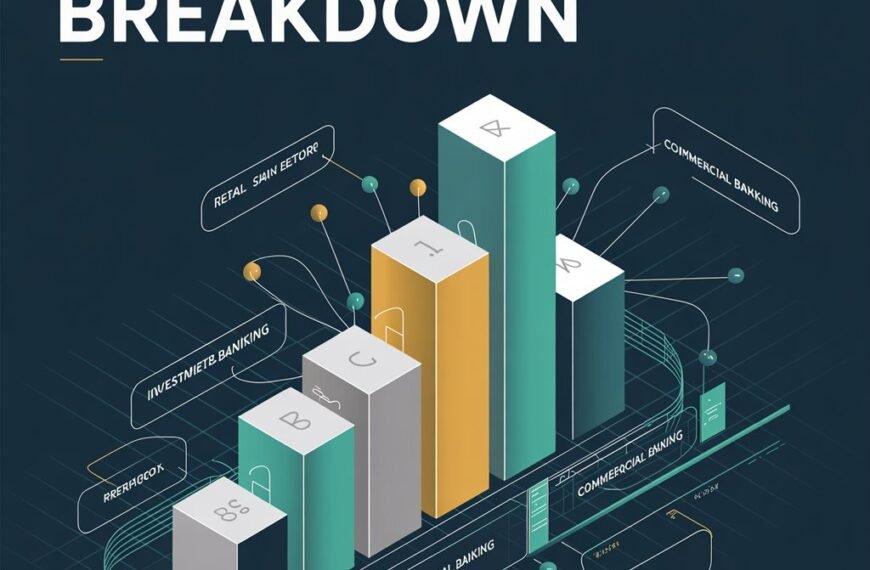doge hhs migrant housing contract
The phrase “doge HHS migrant housing contract” may appear like a cryptic code, but behind it lies a billion-dollar government deal, pressing humanitarian concerns, and intense political debate. Recently, the U.S. Department of Health and Human Services (HHS) has contracted private companies to provide temporary shelter for unaccompanied migrant children. One such contract, awarded to Doge Federal Systems (commonly misinterpreted due to its internet-meme-like name), raised eyebrows for its staggering value and the opacity surrounding its operations.
This article will look at every corner of the doge HHS migrant housing contract—from its origins to its broader implications for immigration reform and public trust. Whether you’re a concerned citizen, policymaker, or journalist, understanding this contract offers a window into how the U.S. manages migration, budgets billions, and balances ethics with efficiency.
What Is the Doge HHS Migrant Housing Contract?
At its core, the doge HHS migrant housing contract refers to a government agreement between HHS and a lesser-known private contractor to provide emergency housing for unaccompanied migrant children. This contract, reportedly valued at over $1 billion, is designed to create temporary housing infrastructure during immigration surges.
Doge Federal Systems was tasked with converting facilities into shelters that met federal standards for safety, healthcare, and education. However, many stakeholders were taken aback by the project’s scale, timing, and provider.
Understanding the Purpose of HHS Migrant Housing Contracts
These contracts exist because HHS, specifically the Office of Refugee Resettlement (ORR), is responsible for the care of unaccompanied migrant children. With border surges becoming more frequent, traditional facilities are overwhelmed, prompting emergency action.
Such contracts aim to
- Rapidly expand shelter capacity.
- Provide adequate healthcare and safety measures.
- Prevent prolonged stays in unsafe Customs and Border Protection (CBP) facilities.
Who Is Doge Federal Systems?
Despite the confusion around the name, Doge Federal Systems is not related to the meme coin or internet culture. It’s a registered federal contractor with a modest history of logistical support roles. Prior to this, Doge had minimal experience with large-scale humanitarian housing.
That made the contract even more controversial—how did such a company secure such a large, critical deal?

The Selection Process: Transparency Concerns
Federal contracts, especially those exceeding hundreds of millions, typically undergo rigorous scrutiny. In the case of the doge HHS migrant housing contract, many watchdogs and journalists raised questions:
- Was the bidding process open and competitive?
- Were other experienced firms considered?
- Why was Doge selected over established non-profits like Southwest Key or BCFS?
While HHS defended the move, citing “urgent public need,” the lack of publicized vetting documents drew concern from oversight committees.
Inside the Facilities: What the Contract Promised
According to redacted contract summaries and whistleblower testimonies, Doge’s obligations included:
- Building temporary housing within 30 days.
- Providing 24/7 medical care and mental health services
- Ensuring educational and recreational access for minors
- Meeting COVID-19 safety protocols
While these expectations aligned with ORR standards, their actual fulfillment remains a different story.
Benefits of the Contract Approach
Despite criticism, there are tangible benefits to such emergency contracts:
- Speed: Government shelters can take months or years to develop. Private firms can convert warehouses in weeks.
- Scalability: Contractors can rapidly scale up or down based on surges.
- Relieving Border Agencies: HHS intervention prevents CBP from overcrowding, which has legal and ethical implications.
Challenges and Failures Reported
Not everything is as it seems. Within weeks of contract execution, multiple issues surfaced:
- Poor sanitation in converted shelters
- Delays in food distribution
- Untrained staff interacting with traumatized children
- Inadequate background checks
These problems led to calls for contract reevaluation and, in some cases, facility shutdowns.
Real-World Impact on Migrant Families
For thousands of migrant children, the implications were direct and deeply personal. DOGE-operated shelters, where conditions varied dramatically, received children from border facilities. Some reported feeling safer, while others described isolation and fear.
Case studies from human rights organizations indicated emotional distress, language barriers, and insufficient psychological support.
Congressional Reactions and Public Backlash
As details emerged, lawmakers demand answers. Bipartisan panels summoned HHS officials to testify. Critics asked:
- Why was a relatively unknown contractor given such responsibility?
- Were child safety and welfare adequately prioritized?
- How were tax dollars protected in this process?
The answers, often vague, did little to calm concerns.
Contract Oversight and Audit Findings
Internal audits from the HHS Inspector General revealed:
- Documentation inconsistencies
- Invoices lack detail.
- Failure to deliver certain mandated services
Despite the absence of confirmed outright fraud, the findings depicted a hasty and unrefined execution.
Ethical Considerations in Emergency Housing
The ethical implications are profound. Is it morally just to hand over child welfare responsibilities to underqualified firms simply for the sake of speed? Critics argue that ethics should outweigh logistics in such sensitive scenarios.
Furthermore, outsourcing such services introduces for-profit motives into human rights domains.
Step-by-Step Guide: How Federal Emergency Housing Contracts Are Awarded
Step 1: Identification of Need (e.g., migrant surge)
Step 2: Emergency Declaration or Justification
Step 3: Contract Solicitation or Direct Award (rarely competitive during emergencies)
Step 4: Performance Oversight by ORR
Step 5: Periodic Review and Compliance Checks
Public Trust and Media Scrutiny
The media played a vital role in bringing the Doge HHS migrant housing contract into the spotlight. Investigative reports by The Washington Post and ProPublica showcased interviews, hidden camera footage, and leaked documents—pressuring the administration for transparency.
Public trust, particularly among Latino communities and advocacy groups, took a hit.
Lessons Learned and Policy Reforms Proposed
Following the controversy, reforms were proposed:
- Require pre-qualification lists for emergency vendors.
- Mandate child welfare certifications for contractors.
- Improve transparency portals for federal spending.
HHS promised changes, but watch dogs remain skeptical.
Comparing With Other Federal Housing Contracts
Doge’s deal wasn’t the first or last of its kind. Past contracts awarded to:
- Southwest Key Programs—known for educational shelter programs
- BCFS Health and Human Services—FEMA-level readiness
- VisionQuest—later banned after abuse allegations
When compared, Doge lacked pedigree, which fueled further concerns.
Legal Challenges and FOIA Requests
Numerous FOIA (Freedom of Information Act) requests were filed, seeking contract terms and performance data. Public interest groups also initiated a few lawsuits, demanding cancellation or revision of the contract.
Migrant Advocacy Group Responses
Groups like RAICES, ACLU, and KIND strongly opposed the contract. Their actions included:
- Filing legal briefs
- Hosting awareness campaigns
- Providing direct support at affected shelters
They contended that expediency was overshadowing ethical, trauma-informed care.

How This Impacts Future Immigration Policy
The debacle surrounding the doge HHS migrant housing contract will likely influence future immigration frameworks. It sparked conversations about
- Federal contractor vetting
- Accountability for emergency spending
- Comprehensive child-first immigration policies
FAQs
What is the doge HHS migrant housing contract?
It refers to a high-value emergency contract awarded to Doge Federal Systems to build temporary shelters for unaccompanied migrant children.
Why was Doge Federal Systems chosen?
Emergency procurement measures led to the selection of Doge, but the company’s lack of relevant experience has widely questioned the decision.
Were there any problems with the facilities?
Yes, multiple reports highlighted poor conditions, including inadequate food, sanitation, and untrained staff.
How much was the contract worth?
Estimates place the value at over $1 billion, one of the largest of its kind recently.
Is the contract still active?
After scrutiny, the contract’s full lifecycle remains under audit, despite the shutdown or restructuring of some facilities.
What changes have been proposed to prevent future issues?
Reforms include mandatory certifications for vendors, enhanced transparency, and more oversight for emergency contracting.
Read more about doge hhs migrant housing contract
Conclusion
The Doge HHS migrant housing contract is more than just a line item in a federal ledger—it’s a mirror reflecting the U.S. government’s struggle to manage immigration humanely and responsibly. While the need for rapid response is undeniable, so too is the need for accountability, compassion, and competence. The takeaway? We must balance urgency with integrity when lives—especially young ones—are at stake.





